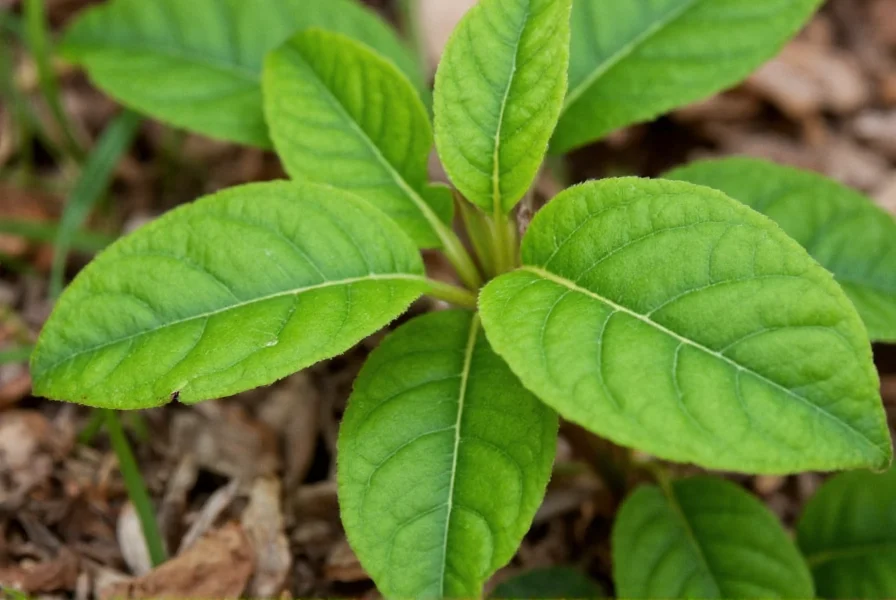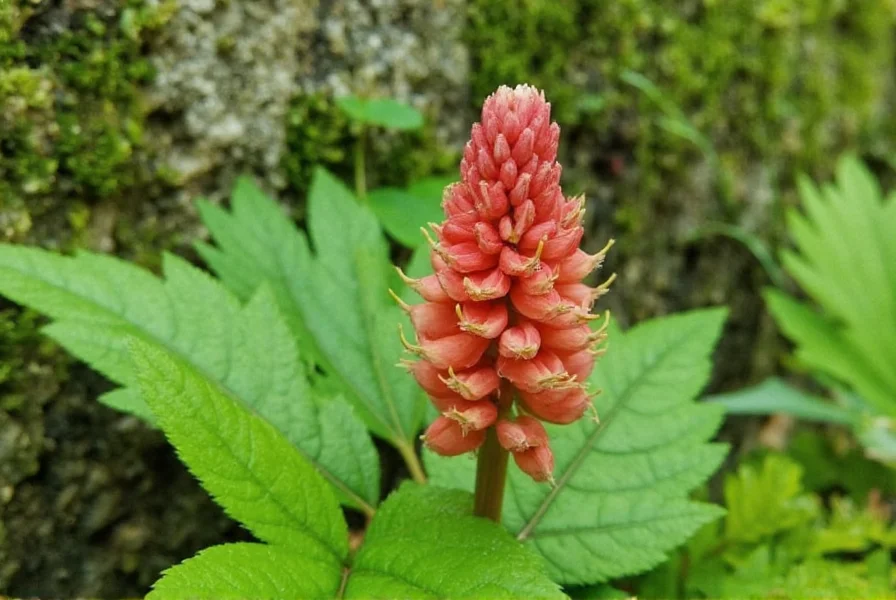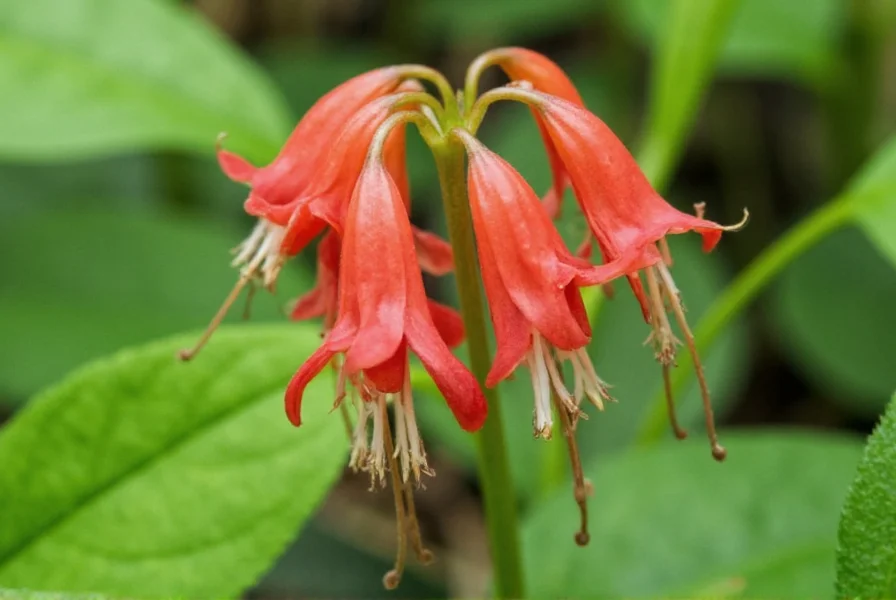When searching for information about wld ginger, it's important to clarify that this typically refers to wild ginger (Asarum species), not the culinary ginger root used in cooking. This distinction matters significantly for safety and practical applications. Wild ginger encompasses approximately 90 species of flowering plants in the birthwort family (Aristolochiaceae), primarily growing in temperate forest regions across North America, Europe, and Asia.
Unlike Zingiber officinale (culinary ginger), wild ginger plants contain aristolochic acids in varying concentrations. These compounds have been linked to kidney damage and are classified as carcinogenic. The most common North American species, Asarum canadense (Canadian wild ginger), has been used traditionally by indigenous peoples but requires careful preparation to minimize risks.
| Characteristic | Wild Ginger (Asarum) | Culinary Ginger (Zingiber) |
|---|---|---|
| Plant Family | Aristolochiaceae | Zingiberaceae |
| Edible Parts | Roots (with caution) | Rhizomes |
| Active Compounds | Aristolochic acids | Gingerols |
| Typical Habitat | Shaded forest floors | Tropical cultivation |
| Flower Visibility | Ground-level, often hidden | Above ground, showy |
Botanical Characteristics of Wild Ginger
Wild ginger plants feature distinctive heart-shaped leaves that grow in pairs directly from the rhizome. The flowers emerge at ground level, often hidden beneath leaf litter, with a distinctive urn-shaped structure. These plants spread through underground rhizomes, forming dense colonies in suitable conditions. The characteristic "ginger" scent comes from the rhizomes when crushed, though the flavor profile differs significantly from culinary ginger.

Common Wild Ginger Species
Several species fall under the wild ginger classification:
- Asarum canadense (Canadian wild ginger): Native to eastern North America, features kidney-shaped leaves and maroon flowers
- Asarum europaeum (European wild ginger): Spreads aggressively, used as ground cover in shade gardens
- Asarum shuttleworthii (Smooth wild ginger): Found in southeastern US, with distinctive marbled leaves
- Hexastylis species (Carolina wild gingers): Various species with unique leaf patterns
Differences Between Wild Ginger and Culinary Ginger
Understanding the difference between wild ginger and regular ginger proves critical for safety. Culinary ginger (Zingiber officinale) contains beneficial gingerols with anti-inflammatory properties, while wild ginger contains aristolochic acids linked to serious health issues. The plants grow in completely different environments—wild ginger thrives in shaded forest floors, while culinary ginger requires tropical conditions.
Many people researching wld ginger mistakenly believe they can substitute wild ginger for culinary ginger in recipes. This represents a potentially dangerous misconception. The flavor profiles differ substantially, and wild ginger's toxic compounds don't break down through cooking.
Safety Considerations and Traditional Uses
Indigenous communities historically used Canadian wild ginger medicinally, but always with specific preparation methods to reduce toxicity. Modern research confirms wild ginger toxicity concerns are valid—aristolochic acids cause irreversible kidney damage and increase cancer risk. The FDA has issued warnings about products containing these compounds.
Despite historical use for digestive issues and as a poultice, contemporary medical professionals advise against internal use of wild ginger. Some gardeners safely enjoy wild ginger as an attractive ground cover for shaded areas, appreciating its ability to thrive where other plants struggle.

Growing Wild Ginger in Your Garden
For gardeners interested in growing wild ginger in garden settings, these plants offer excellent shade-tolerant ground cover. They prefer:
- Rich, moist, well-drained soil with high organic content
- Full to partial shade conditions
- Consistent moisture without waterlogging
- USDA hardiness zones 4-8 (depending on species)
Propagation occurs through division of established clumps in early spring or fall. While attractive in woodland gardens, always label plants clearly to prevent accidental ingestion. Consider companion planting with ferns, trilliums, and other shade-loving species.
Wild Ginger Identification Guide
Accurate wild ginger plant identification prevents dangerous confusion with toxic look-alikes. Key identification features include:
- Two heart-shaped leaves emerging directly from the ground
- Low-growing habit (typically 4-8 inches tall)
- Maroon or brownish flowers hidden beneath leaf litter
- Spicy, ginger-like aroma when rhizomes are crushed
Be cautious of plants resembling wild ginger that might actually be toxic species like birthwort (Aristolochia). When in doubt about wild ginger look-alikes to avoid, consult a local botanical expert before handling or using any plant.
Frequently Asked Questions
Is wild ginger safe to eat?
No, wild ginger (Asarum species) contains aristolochic acids which are nephrotoxic and carcinogenic. Unlike culinary ginger, wild ginger should not be consumed internally due to serious health risks including kidney failure and increased cancer risk.
What's the difference between wild ginger and regular ginger?
Wild ginger (Asarum) belongs to a different plant family than culinary ginger (Zingiber officinale). They have different chemical compositions—wild ginger contains toxic aristolochic acids while culinary ginger contains beneficial gingerols. They grow in different environments and have distinct physical characteristics despite both having "ginger" in their common names.
Can I grow wild ginger in my garden?
Yes, wild ginger makes an excellent shade-tolerant ground cover for woodland gardens. It prefers moist, rich soil in full to partial shade. While safe to grow ornamentally, clearly label the plants to prevent accidental ingestion, and keep away from children and pets due to toxicity concerns.
How do I identify wild ginger plants?
Look for two heart-shaped leaves growing directly from the ground, low-growing habit (4-8 inches), maroon flowers hidden beneath leaf litter, and a ginger-like aroma when rhizomes are crushed. Always verify identification with multiple characteristics and consult local botanical resources, as some toxic plants resemble wild ginger.
Does wild ginger have any medicinal uses today?
Modern medical practice does not recommend internal use of wild ginger due to its toxic compounds. Historically, indigenous communities used it with specific preparation methods, but contemporary research shows significant health risks outweigh potential benefits. Some gardeners appreciate it purely as an ornamental shade-tolerant plant.











 浙公网安备
33010002000092号
浙公网安备
33010002000092号 浙B2-20120091-4
浙B2-20120091-4